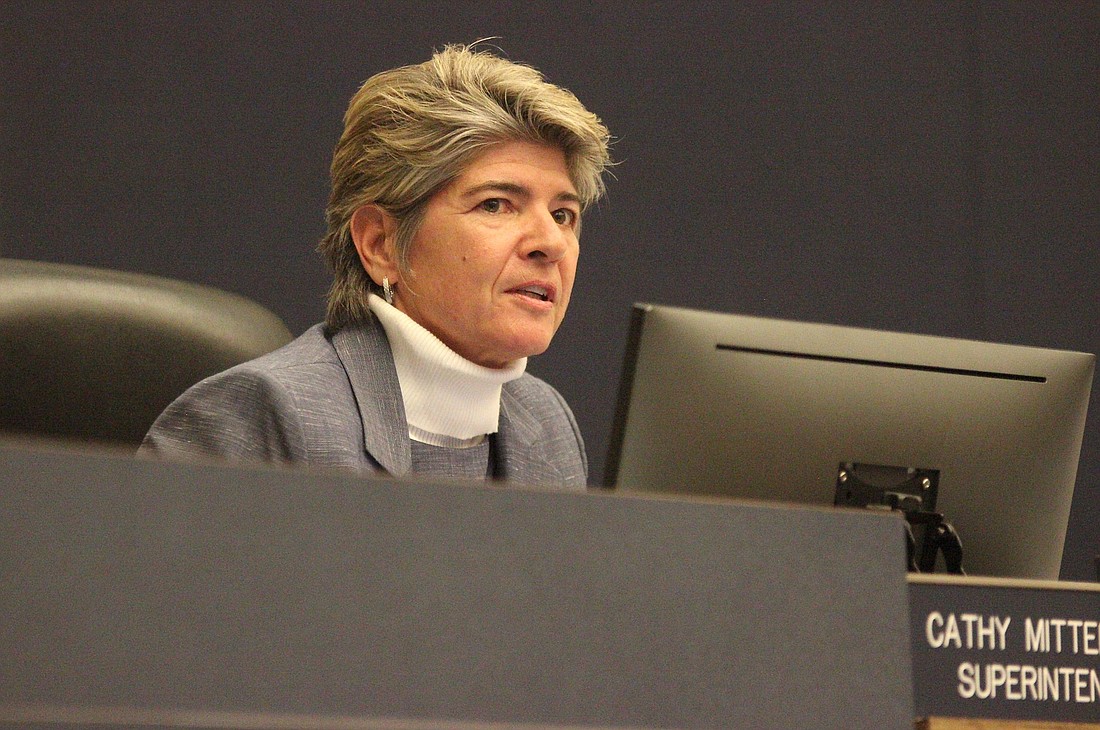- December 15, 2025

When calculating the fees that the developer of a proposed community on John Anderson Highway should pay to offset the number of students the new homes will generate, the school district initially got it wrong, undershooting the number based on outdated data and leading the School Board to reject it.
The district has fixed that error and come to an agreement with the developer of the proposed community, called the Hammock Beach River Club and formerly known as The Gardens.
But the School Board at a Jan. 19 workshop also agreed to pay for a new study to determine future impact fees and investigate ways the district might be able to reduce school overcrowding.
Options include rezoning, shifting sixth grade from elementary school to middle school, adding portable classrooms, staggering classes, year-round school, additional virtual school options, busing and dual enrollment, among others.
District staff also advised the board to consider halting school choice — the program that lets students go to schools to which they aren’t zoned — at elementary and high schools, while grandfathering in students who are already enrolled in school choice.
Many of the schools run by the Flagler County School District are near or over capacity, depending on whether the calculation includes space set aside for developments that are planned or under construction.
Old Kings Elementary School and Flagler Palm Coast High School are both over capacity now, by 58 students and 122 students respectively. With current and planned construction accounted for, Belle Terre Elementary School and Bunnell Elementary School would also have negative capacity.
“Growth is coming; I’ve lived it before,” Superintendent Cathy Mittelstadt said. “You want to manage it; you don’t want to be overcome by it.”
The process governments use to determine how much developers will affect infrastructure and how much they should pay to mitigate that impact is called “concurrency.”
Flagler Schools’ current process requires developers to submit a “School Concurrency Reservation” with an associated fee.
The district evaluates the proposal and uses a formula to determine if it has capacity for the students the development would generate.
If so, it “holds” that capacity for the development for three years. If not, the developer has two choices: Wait until there’s capacity, or enter into an agreement with the district to pay a fee to offset the impact of the new students. The fee is based on the total number of units in the development and the expected student “generation rate” based on whether the dwellings will be single-family, multifamily or mobile homes.
Fees from the Hammock Beach River Club will help the district handle the expected influx of 41 elementary school students, 12 middle school students and 29 high school students generated by the new homes.
The middle school closest to the development is Buddy Taylor Middle, which has capacity for the expected new students, but the nearest elementary and high schools are Old Kings Elementary School and Flagler Palm Coast High, which do not.
To offset the impact of the new students, the 335-home development will pay the district $891,360 in impact fees, or $2,660.78 per unit — an increase from the $720,000 sum the district had initially settled on with the developer in a verbal agreement before realizing that its staff had used outdated data to calculate the total.
The board approved the $891,360 agreement with the Hammock Beach River Club in a 4-1 vote on Jan. 19, with board member Janet McDonald dissenting. Board member Colleen Conklin voted in favor but noted, in comments at the end of the meeting, that the board has little leeway under state law to reject such agreements.
The district’s new impact fee study will take about three months, and the district will have to provide 90 days of notice before imposing the new fees, district Finance Director Patti Wormeck said.